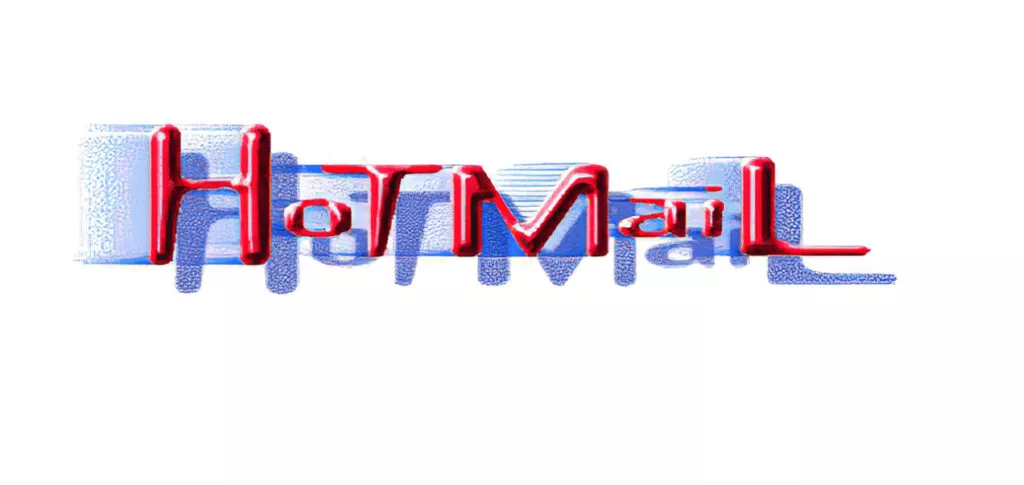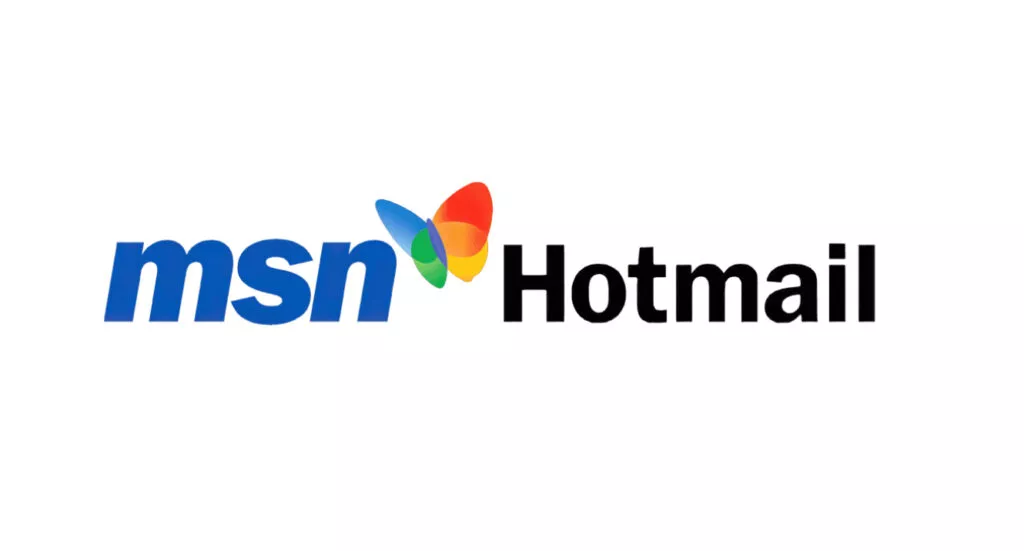Hotmail, one of the most recognized names in the realm of email services, holds a special place in the history of the internet. As one of the first web-based email platforms, Hotmail revolutionized how people communicated online. This guide delves into the fascinating story of Hotmail, its evolution, and its lasting impact on the digital world.
The Origins of Hotmail
Hotmail was founded on July 4, 1996, by Sabeer Bhatia and Jack Smith. The founders chose Independence Day to symbolize freedom from Internet Service Providers (ISPs) and their limitations on email access. The service was originally spelled as “HoTMaiL,” highlighting the inclusion of “HTML,” the language used to create web pages. This innovative platform allowed users to access their emails from any internet-connected device, breaking free from the constraints of client-based email systems.

Key Features That Set Hotmail Apart
When Hotmail launched, it offered several groundbreaking features that made it an instant success:
- Free Email Access: Hotmail provided users with free email accounts, a significant advantage at a time when many ISPs charged for email services.
- Web-Based Interface: Users could access their accounts from any device with an internet connection, a revolutionary concept in the mid-1990s.
- Generous Storage: Initially, Hotmail offered 2 MB of storage, which was substantial compared to other services at the time.
- User-Friendly Design: The intuitive interface made it easy for people of all technical skill levels to use.
- Enhanced Security: Hotmail implemented features like spam filters and virus scanning to protect users’ inboxes.
Hotmail’s Acquisition by Microsoft
Hotmail’s rapid growth caught the attention of major tech players. In December 1997, Microsoft acquired Hotmail for an estimated $400 million. The acquisition marked a pivotal moment, as Microsoft integrated Hotmail into its suite of online services, branding it under MSN Hotmail.
Post-acquisition, Microsoft worked on expanding the platform’s capabilities. Storage limits increased, new features like calendar integration were introduced, and the interface was regularly updated to enhance user experience. Microsoft’s backing ensured that Hotmail stayed competitive in the rapidly evolving digital landscape.

The Transition to Outlook
In 2013, Microsoft decided to rebrand Hotmail as Outlook.com, combining the best features of Hotmail with the modern design and functionality of Outlook. While this marked the end of the Hotmail brand, existing users could retain their @hotmail.com email addresses.
The transition brought several benefits:
- Modern Interface: Outlook introduced a cleaner, more organized design tailored to the needs of modern users.
- Enhanced Storage: Storage capacities increased significantly, often offering virtually unlimited space to meet growing data demands.
- Integration: Outlook became part of the Microsoft Office ecosystem, seamlessly integrating with Word, Excel, and other tools for enhanced productivity.
- Mobile Compatibility: The platform was optimized for mobile use, ensuring users could access their emails on the go.
- Advanced Security: Outlook improved upon Hotmail’s security features, incorporating two-factor authentication and robust phishing protection.
Hotmail Sign In: How to Access Your Hotmail Account Today
For those wondering how to access their Hotmail accounts, the process is straightforward:
- Visit Outlook.com.
- Enter your Hotmail email address and password.
- Enjoy access to your emails, contacts, and calendar within the modern Outlook interface.
If you’ve forgotten your password, Microsoft provides robust recovery options, including recovery email addresses and security questions, to help you regain access to your account.

The Legacy of Hotmail
Although the Hotmail brand no longer exists, its impact on the digital world is undeniable. It popularized web-based email services and set the stage for many features we now consider standard, such as:
- Cross-platform accessibility
- Enhanced email security
- Generous storage options
- Integration with productivity tools
Hotmail’s legacy lives on through Outlook.com, which continues to innovate and adapt to modern communication needs. It remains a vital tool for personal and professional communication.
Why Hotmail’s Story Matters
Understanding the history of Hotmail offers valuable insights into the evolution of digital communication. It serves as a reminder of how far technology has come and highlights the importance of innovation in shaping the tools we use daily. From facilitating global connectivity to introducing features like spam filters, Hotmail laid the groundwork for today’s sophisticated email platforms.
For many, Hotmail was their first email experience, and its pioneering features set the benchmark for subsequent email services. Today, as part of Outlook.com, it continues to serve millions of users worldwide, combining nostalgia with cutting-edge technology.
Conclusion
Hotmail was more than just an email service; it was a technological milestone that changed how the world communicates. From its humble beginnings as a startup to becoming a cornerstone of Microsoft’s online services, Hotmail’s journey is a testament to innovation and adaptability. Its evolution into Outlook.com exemplifies the tech industry’s ability to grow and transform with changing user needs.
As we embrace new technologies and platforms, the story of Hotmail remains a fascinating chapter in the history of the internet. Whether you’re a long-time user or a newcomer curious about its origins, Hotmail’s legacy is worth celebrating.
Read Also: Microsoft Copilot: Transforming Productivity with AI Assistance